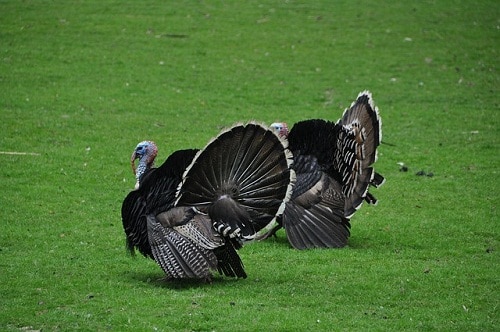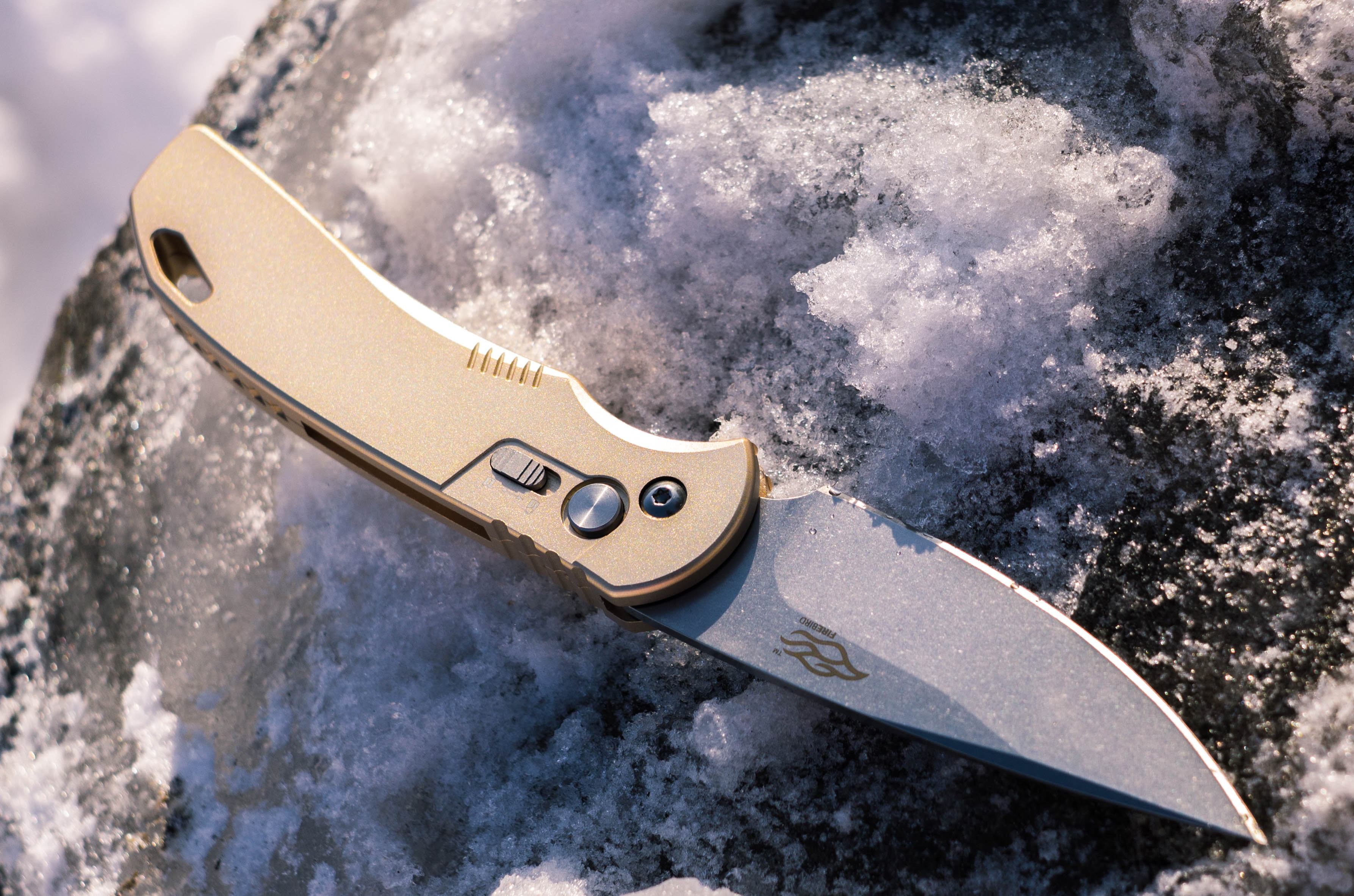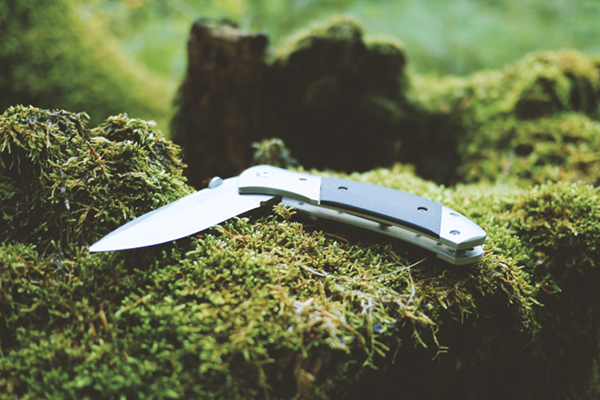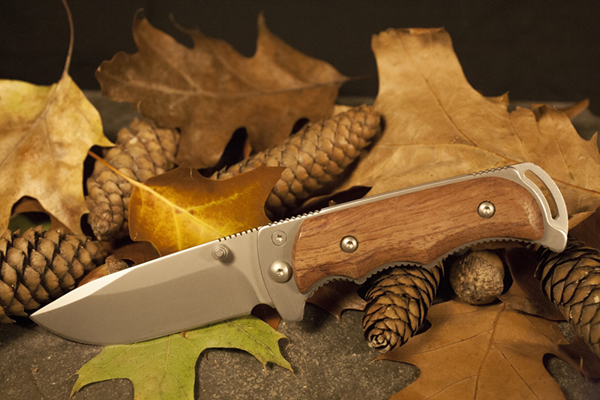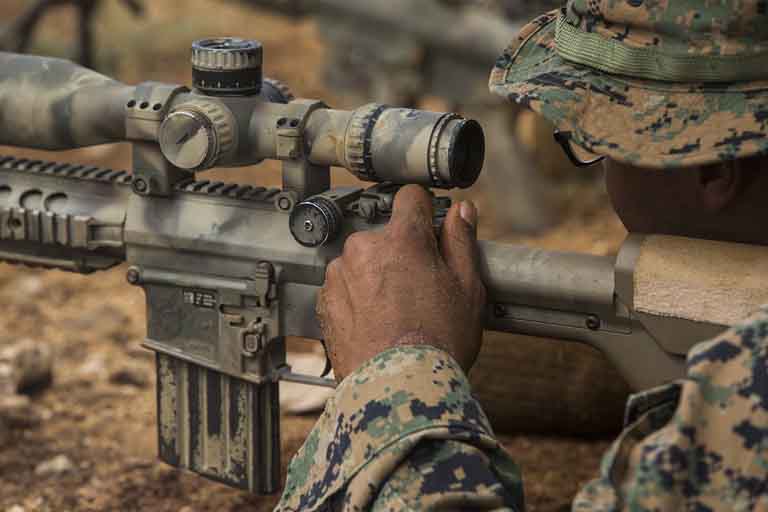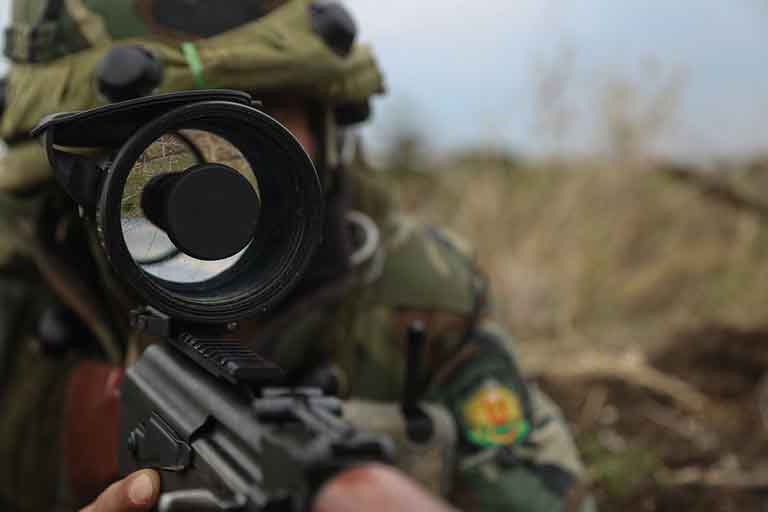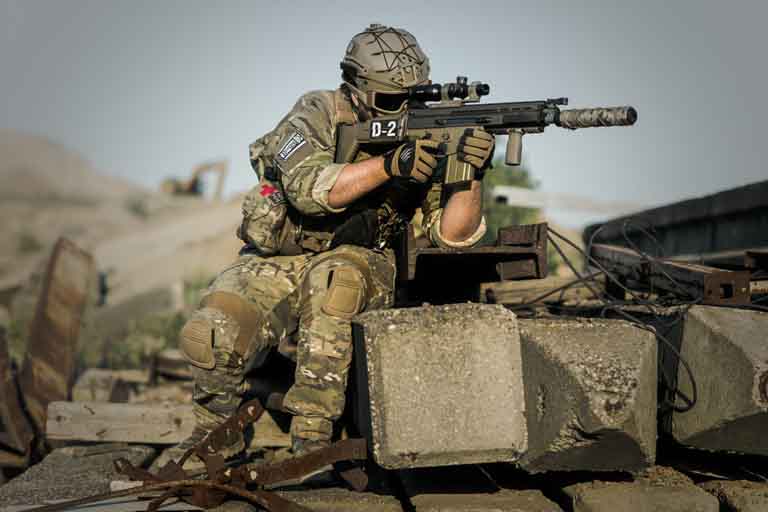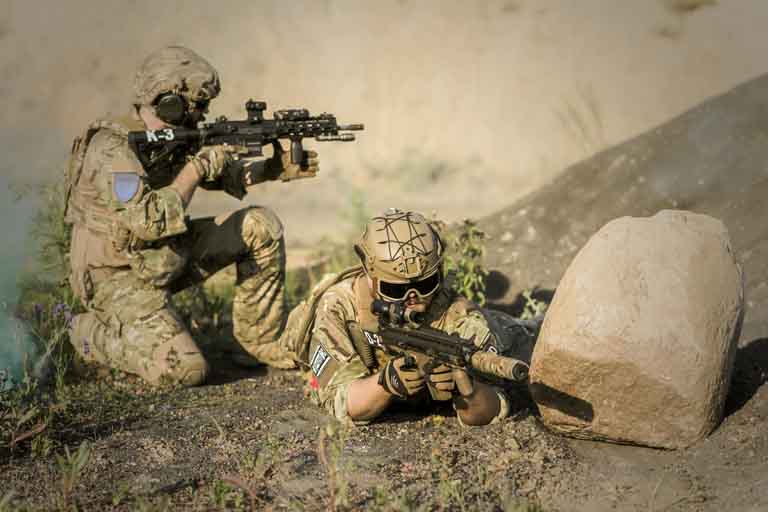Deer hunting is a beloved tradition throughout much of the United States. While numbers overall https://www.washingtonpost.com/national/hunting–is–slowly–dying–off–and–that–has–created–a–crisis–for–the–nations–public–lands/2020/02/02/554f51ac–331b–11ea–a053–dc6d944ba776_story.html” rel=”nofollow”>https://www.washingtonpost.com/national/hunting–is–slowly–dying–off–and–that–has–created–a–crisis–for–the–nations–public–lands/2020/02/02/554f51ac–331b–11ea–a053–dc6d944ba776_story.html” target=”_blank” rel=”nofollow noopener” data-wpel-link=”external”>https://www.washingtonpost.com/national/hunting–is–slowly–dying–off–and–that–has–created–a–crisis–for–the–nations–public–lands/2020/02/02/554f51ac–331b–11ea–a053–dc6d944ba776_story.html” rel=”nofollow”>https://www.washingtonpost.com/national/hunting–is–slowly–dying–off–and–that–has–created–a–crisis–for–the–nations–public–lands/2020/02/02/554f51ac–331b–11ea–a053–dc6d944ba776_story.html” target=”_blank”>have dwindled, each deer season sees plenty of new hunters trying out the sport for the first time.
As any experienced deer hunter knows, taking the shot is just one piece of a much bigger puzzle. Tons of prep work goes into a successful hunting season, much of it taking place long before the deer opener itself.
Whether it’s your first or your fiftieth, it’s never too early to start getting ready for the upcoming deer hunting season.
Recommended Read: http://www.dailyshooting.com/turkey–scouting–tips/” rel=”nofollow”>http://www.dailyshooting.com/turkey–scouting–tips/” rel=”nofollow” data-wpel-link=”internal”>http://www.dailyshooting.com/turkey–scouting–tips/” rel=”nofollow”>http://www.dailyshooting.com/turkey–scouting–tips/“>5 Best Turkey Scouting Tips for Hunters
10 Things to Check Off Your To-Do List Before Deer Season
In prepping for the hunting season, it’s easy to overlook the little things. Once you’re out in the field, however, the little things are what matter most.
Here’s what to do in the weeks and months leading up to your next deer season:
1. Scout your location
Unless you hunt in the same spot each year, it’s never too early to find a good location. Don’t be that hunter desperately trying to gain access to private land the week before hunting season kicks off.
Many landowners are https://www.fieldandstream.com/5–types–landowners–youll–ask–permission–from–this–hunting–season/” rel=”nofollow”>https://www.fieldandstream.com/5–types–landowners–youll–ask–permission–from–this–hunting–season/” target=”_blank” rel=”nofollow noopener” data-wpel-link=”external”>https://www.fieldandstream.com/5–types–landowners–youll–ask–permission–from–this–hunting–season/” rel=”nofollow”>https://www.fieldandstream.com/5–types–landowners–youll–ask–permission–from–this–hunting–season/” target=”_blank”>happy to host hunters as long as they are safe and responsible.
Waiting until the last minute not only pits you against other hunters who are location-scouting but can also leave a bad impression on your local landowners.
If privately owned land isn’t an option, check out your local https://www.doi.gov/blog/everything–you–need–know–about–hunting–public–lands” rel=”nofollow”>https://www.doi.gov/blog/everything–you–need–know–about–hunting–public–lands” target=”_blank” rel=”nofollow noopener” data-wpel-link=”external”>https://www.doi.gov/blog/everything–you–need–know–about–hunting–public–lands” rel=”nofollow”>https://www.doi.gov/blog/everything–you–need–know–about–hunting–public–lands” target=”_blank”>public access land. Some, but not all, public land is open to hunting.
Keep in mind that public land often comes with its own set of hunting guidelines. Not all publicly owned land is open for the entire deer season. There may also be restrictions on what time of day you can hunt.
2. Monitor the trails prior to deer season
When you plan ahead and have access to your hunting location long before the season starts, you also gain access to a whole host of information related to the native wildlife.
Trail cams may have turned into a hobby all on their own, but these https://www.bowhuntingmag.com/editorial/how–to–use–trail–cameras–throughout–hunting–season/327379” rel=”nofollow”>https://www.bowhuntingmag.com/editorial/how–to–use–trail–cameras–throughout–hunting–season/327379” target=”_blank” rel=”nofollow noopener” data-wpel-link=”external”>https://www.bowhuntingmag.com/editorial/how–to–use–trail–cameras–throughout–hunting–season/327379” rel=”nofollow”>https://www.bowhuntingmag.com/editorial/how–to–use–trail–cameras–throughout–hunting–season/327379” target=”_blank”>little gadgets are invaluable to novice and experienced hunters alike.
By setting up https://amzn.to/3cwQocd” rel=”nofollow”>https://amzn.to/3cwQocd” target=”_blank” rel=”nofollow noopener” data-wpel-link=”external”>https://amzn.to/3cwQocd” rel=”nofollow”>https://amzn.to/3cwQocd” target=”_blank” rel=”nofollow”>trail cams in your planned hunting area, you can get a better idea of the local deer population and its movement patterns.
Some hunters set up trail cameras as soon as winter begins to turn into spring. For the average deer hunter, though, installing a few cameras at the end of summer should be plenty.
3. Prep your cover
Your https://www.amazon.com/Rhino–Blinds–R150–RTE–Hunting–Realtree/dp/B07KXQ8VPM/?tag=dailyshooting08–20” rel=”nofollow”>https://www.amazon.com/Rhino–Blinds–R150–RTE–Hunting–Realtree/dp/B07KXQ8VPM/?tag=dailyshooting08–20” target=”_blank” rel=”nofollow noopener” data-wpel-link=”external”>https://www.amazon.com/Rhino–Blinds–R150–RTE–Hunting–Realtree/dp/B07KXQ8VPM/?tag=dailyshooting08–20” rel=”nofollow”>https://www.amazon.com/Rhino–Blinds–R150–RTE–Hunting–Realtree/dp/B07KXQ8VPM/?tag=dailyshooting08–20” target=”_blank” rel=”nofollow”>hunting blind or tree stand is home base when out in the field. Achieving the perfect set up is a must for a great deer season. It can also be tedious, time-consuming, and super noisy.
Once you have your hunting locale narrowed down, get out there and prep your https://www.amazon.com/Summit–Treestands–SU81119–Climbing–Treestand/dp/B00K0LISF8/?tag=dailyshooting08–20” rel=”nofollow”>https://www.amazon.com/Summit–Treestands–SU81119–Climbing–Treestand/dp/B00K0LISF8/?tag=dailyshooting08–20” target=”_blank” rel=”nofollow noopener” data-wpel-link=”external”>https://www.amazon.com/Summit–Treestands–SU81119–Climbing–Treestand/dp/B00K0LISF8/?tag=dailyshooting08–20” rel=”nofollow”>https://www.amazon.com/Summit–Treestands–SU81119–Climbing–Treestand/dp/B00K0LISF8/?tag=dailyshooting08–20” target=”_blank” rel=”nofollow”>stand or blind. Ensure everything is sturdy and well-disguised. Be sure to account for any upcoming seasonal changes like falling leaves.
Ideally, you shouldn’t need to make any changes or adjustments on your first day out. Just show up and hunt.
Checking this off your to-do list early isn’t just about convenience. If you mess with your stand or blind too close to the deer season-opener, you’re going to scare away the exact animals you plan to hunt.
4. Clear all bait before deer season starts
Does your area permit deer bait or salt licks? More than half of all states https://www.gameandfishmag.com/editorial/baiting–deer–continues–dwindle–midwest/370173” rel=”nofollow”>https://www.gameandfishmag.com/editorial/baiting–deer–continues–dwindle–midwest/370173” target=”_blank” rel=”nofollow noopener” data-wpel-link=”external”>https://www.gameandfishmag.com/editorial/baiting–deer–continues–dwindle–midwest/370173” rel=”nofollow”>https://www.gameandfishmag.com/editorial/baiting–deer–continues–dwindle–midwest/370173” target=”_blank”>ban this practice. But if your state is one that does allow baiting, be sure to remove all bait before your state’s cut-off date.
Most states require removal of bait one month before hunting season begins. Always check with your local Department of Natural Resources (DNR) for exact cut-off dates.
Deer baiting laws can change drastically from year to year. It’s a good idea for all avid hunters to stay up-to-date on the latest rules and regulations in their area.
Baiting laws can also vary greatly between private and public land. If you are hunting in a new location this deer season, double-check which laws apply.
Recommended Read: http://www.dailyshooting.com/how–much–meat–from–a–deer/” rel=”nofollow”>http://www.dailyshooting.com/how–much–meat–from–a–deer/” rel=”nofollow” data-wpel-link=”internal”>http://www.dailyshooting.com/how–much–meat–from–a–deer/” rel=”nofollow”>http://www.dailyshooting.com/how–much–meat–from–a–deer/“>Estimating How Much Meat From A Deer Will Yield
5. Take annual inventory
Even if you hunt every year, a lot can happen during the off-season. Start each new deer season by checking all your gear and supplies.
The most obvious thing to look at is your weapon and ammunition of choice. But that’s just the tip of the iceberg.
Check your hunting apparel and cold-weather gear for damage or excessive wear-and-tear. The earlier in the season you can replace these items, the easier it will be to find them in stock.
Once the big-ticket items are sorted out, make sure you have ample amounts of small necessities like https://www.amazon.com/HotHands–Body–Hand–Super–Warmers/dp/B0007ZF4Q8?tag=dailyshooting08–20” rel=”nofollow”>https://www.amazon.com/HotHands–Body–Hand–Super–Warmers/dp/B0007ZF4Q8?tag=dailyshooting08–20” target=”_blank” rel=”nofollow noopener” data-wpel-link=”external”>https://www.amazon.com/HotHands–Body–Hand–Super–Warmers/dp/B0007ZF4Q8?tag=dailyshooting08–20” rel=”nofollow”>https://www.amazon.com/HotHands–Body–Hand–Super–Warmers/dp/B0007ZF4Q8?tag=dailyshooting08–20” target=”_blank” rel=”nofollow”>hand warmers, first aid supplies, duct tape, and anything else you regularly use during the hunting season.
6. Noise-proof your gear
It’s difficult to describe the sheer silence of the undisturbed wilderness. No amount of visual camouflage will prevent the local deer population from hearing your every movement.
First, ensure all of your wearables are as quiet as possible. This is also a good time to trial-run any brand new gear for the season. Better to discover that noisy zipper pull or creaking pair of boots now rather than out in the field.
Second, address any sound issues with your shelter (this is just another reason why setting up early is so important!).
You can DIY your noise-proofing with insulation tape, https://amzn.to/3pEutVT” rel=”nofollow”>https://amzn.to/3pEutVT” target=”_blank” rel=”nofollow noopener” data-wpel-link=”external”>https://amzn.to/3pEutVT” rel=”nofollow”>https://amzn.to/3pEutVT” target=”_blank” rel=”nofollow”>rubber paint, pool noodles, and tons more https://midwestoutdoors.com/hunting/summer–project–soundproof–treestands/” rel=”nofollow”>https://midwestoutdoors.com/hunting/summer–project–soundproof–treestands/” target=”_blank” rel=”nofollow noopener” data-wpel-link=”external”>https://midwestoutdoors.com/hunting/summer–project–soundproof–treestands/” rel=”nofollow”>https://midwestoutdoors.com/hunting/summer–project–soundproof–treestands/” target=”_blank”>household items for cheap.
7. Eliminate odors at the source ahead of deer season
Even if deer can’t see or hear you, they can http://www.dailyshooting.com/10–tips–scent–free–hunting/” rel=”nofollow”>http://www.dailyshooting.com/10–tips–scent–free–hunting/” rel=”nofollow” data-wpel-link=”internal”>http://www.dailyshooting.com/10–tips–scent–free–hunting/” rel=”nofollow”>http://www.dailyshooting.com/10–tips–scent–free–hunting/” target=”_blank”>smell you. And it’s much easier to kill odors at the source than to try and cover them up out in the field.
The best prep starts when you stow away last season’s gear. Storing everything in a garage or closet won’t be enough — invest in an airtight tote or sealed bag for everything.
When you pull out your gear for the season, give everything a good wash. Do not use any scented laundry products. You might want to clean your washer and dryer first to remove any residual odors.
8. Know your entrance and exit strategies
Good hunters know that even the best location is useless if you can’t get https://nclandandfarms.com/tree–stand–entry–and–exit–routes/” rel=”nofollow”>https://nclandandfarms.com/tree–stand–entry–and–exit–routes/” target=”_blank” rel=”nofollow noopener” data-wpel-link=”external”>https://nclandandfarms.com/tree–stand–entry–and–exit–routes/” rel=”nofollow”>https://nclandandfarms.com/tree–stand–entry–and–exit–routes/” target=”_blank”>in and out undetected. Don’t sacrifice a great season for the sake of an unrealistic tree stand or blind setup.
There’s only one rule to nailing the perfect entrance and exit strategy: Steer clear of the places in which deer spend their time.
If you set up trail cams earlier in the year, use them to identify deer hangout spots and paths. This can take much of the guesswork out of getting to and from your shelter.
Of course, you should also use line-of-sight to hide your movements — even if you’re a good distance away from any deer.
Use dense tree lines and small hills to your advantage. An aerial view of your hunting spot can reveal a lot about which routes to try and which to avoid.
9. Monitor the forecast
Hunting in inadequate gear isn’t just uncomfortable. It can also be quite dangerous for those hunting in northern states or at high altitudes.
If you’re hunting in an unfamiliar climate, reach out to local hunters. You’ll be surprised just how valuable their advice can be, especially when it comes to braving harsh weather.
10. Know the process
Prepping for deer season often feels like a bunch of build-up to that perfect bow or gun shot. But there’s a lot you’ll need to do after landing that star buck or doe.
Will a successful hunt happen every season? No. But you need to assume you’re bringing home a deer regardless. Without a solid plan for processing, you’ll be left scrambling.
Many deer hunters https://www.fieldandstream.com/how–to–butcher–your–own–deer/” rel=”nofollow”>https://www.fieldandstream.com/how–to–butcher–your–own–deer/” target=”_blank” rel=”nofollow noopener” data-wpel-link=”external”>https://www.fieldandstream.com/how–to–butcher–your–own–deer/” rel=”nofollow”>https://www.fieldandstream.com/how–to–butcher–your–own–deer/” target=”_blank”>process their own animals, but not all have the necessary space or resources. If you’re in a popular hunting area, some professional processors are so busy that getting in a last-minute deer isn’t always possible.
Before the season begins, know exactly where you’ll be transporting your kill for processing (and how you’ll get it there).
You’re One Step Closer to Landing the Perfect Shot
If you’re like many hunters, the days leading up to deer season are hard to patiently sit through. Fortunately, there’s nothing stopping you from getting started right now with some important planning and prep work.
Do you have any of your own must-do tasks for the hunting pre-season? Let us know about them in the comments below!
Featured Image by Steve from Pexels
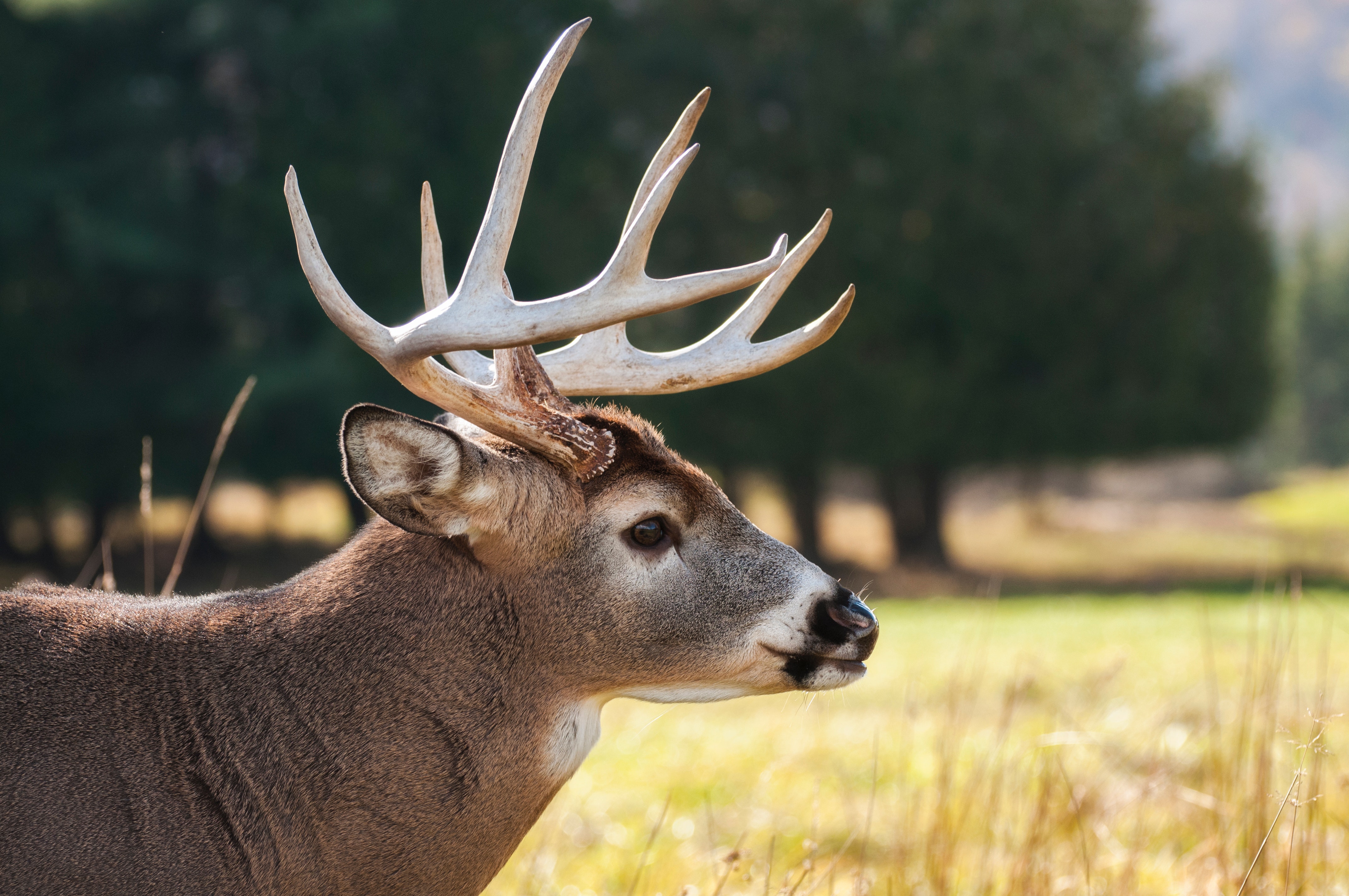
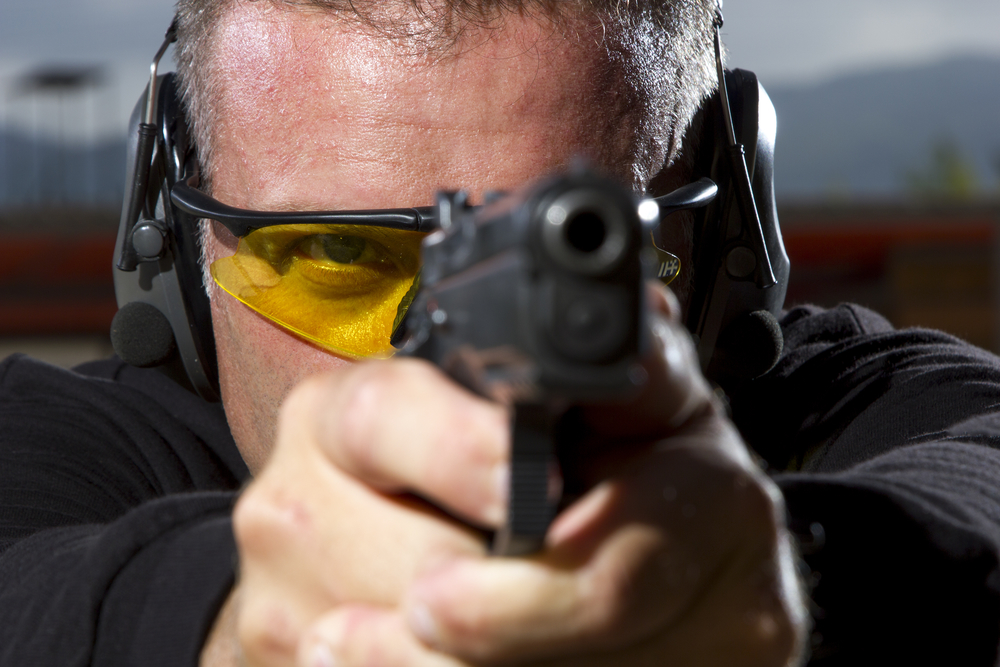
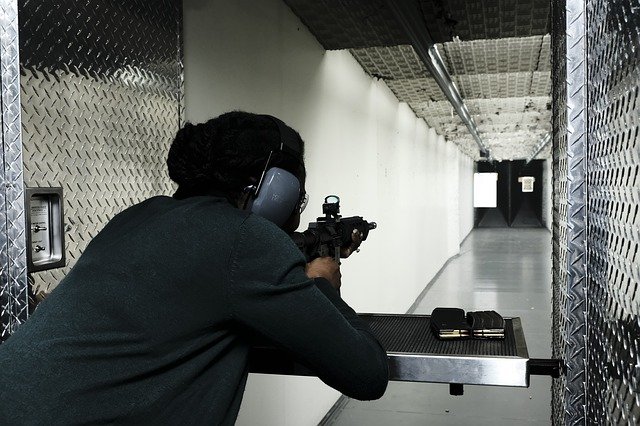
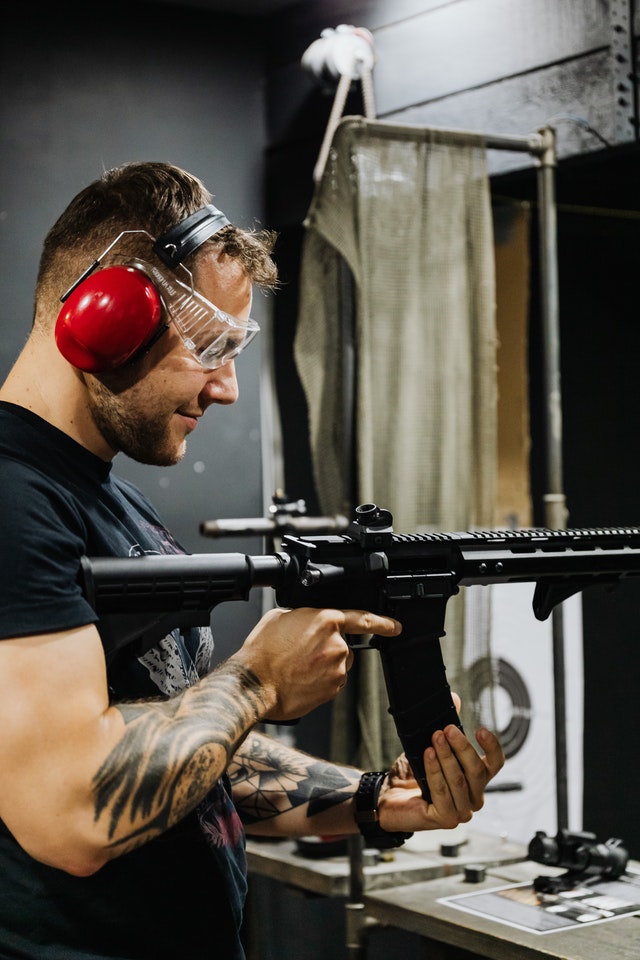
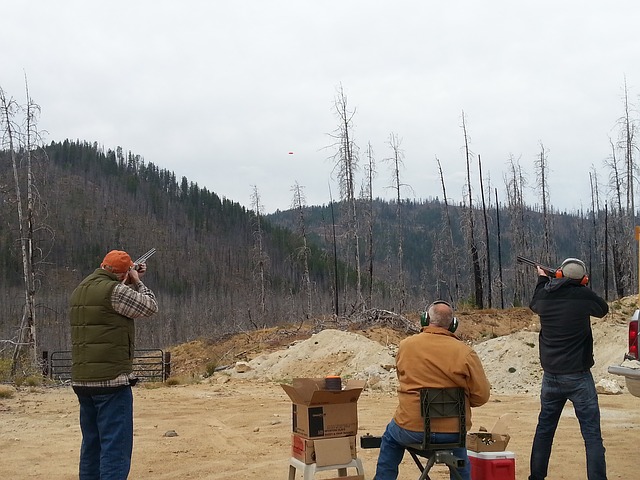



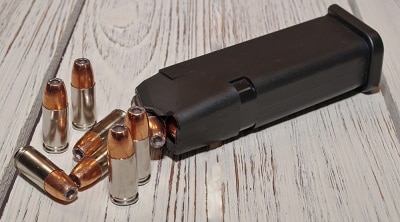


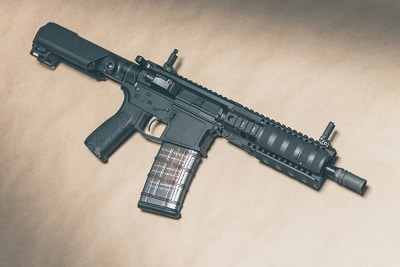
![Sig P320 Review [2020]](https://dailyshooting.com/wp-content/uploads/2019/06/clip-vs-magazine-sig-p320-review--22.png)
